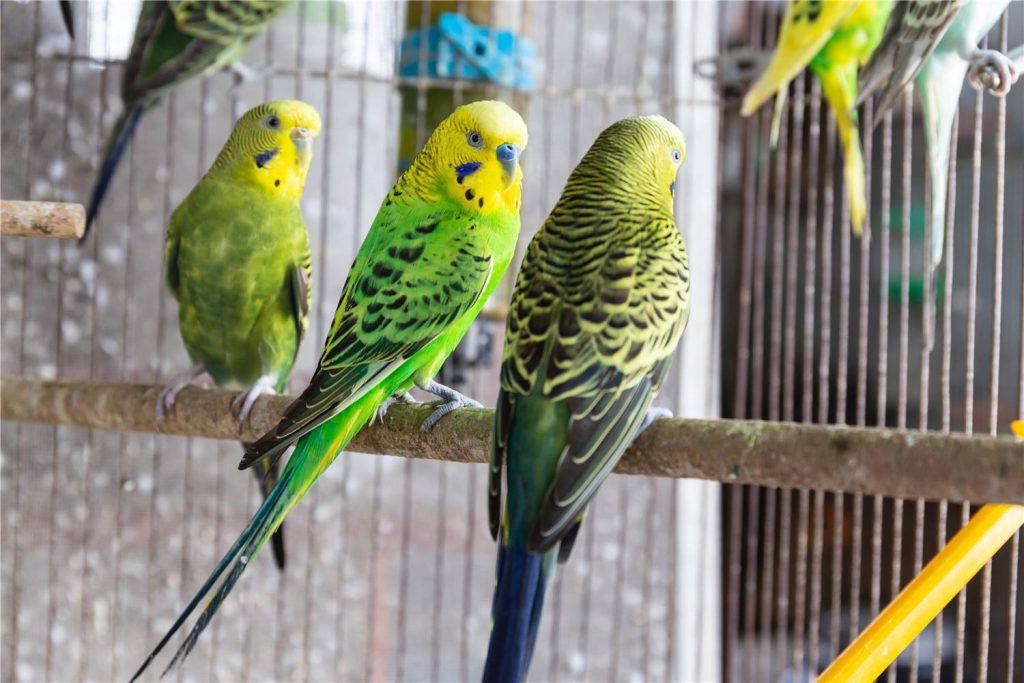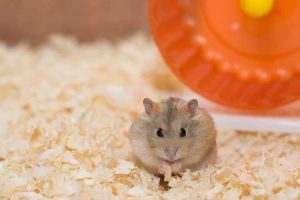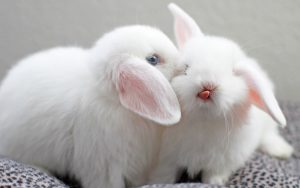Budgerigars are lively and easy to tame, and they are very easy to care for and breed. They are the most common pet birds in the world and one of the most popular pet birds in China. They are often the first parrots that many people who are new to parrots buy. Because it is a parrot that novices often raise, this time we will tell you what to pay attention to during the breeding of budgerigars.
- Budgerigars can breed almost all year round, with 4-5 litters per year. However, the weather is hot in summer, and the female birds are very fragile during the breeding period. Continuous nesting and hatching will not only affect the health of the adult birds, but also reduce the hatching and brooding rate.
- If the weather is too dry during the incubation period, it is necessary to spray or sprinkle water on the outside of the nest every other day to improve the air humidity in the nest house and ensure the survival rate of the chicks.
- During the breeding period, a pair of breeding birds should be kept in a single cage. Usually, more calcium-containing nutrients such as cuttlefish bones should be provided in the feed to ensure the female birds need to lay eggs.
- During the breeding period, the female birds of parrots will gradually reduce their feeding, and the male birds will feed the female birds, and the female birds appear to be less energetic than usual. The female lays about 3-5 eggs at a time, and an egg is laid every other day, and the incubation period is generally about 21 days. During the incubation period, the female bird will concentrate on incubating the egg in the nest, and the male bird will guard and protect it. Sometimes some male birds will also assist the female bird in hatching the eggs.
- Don’t disturb the parrot while it is hatching, don’t look at it often or organize its nest. In these cases, the parrot will usually not hatch the eggs.
- In general, parrots can take good care of the chicks, but there are very few cases of attacking or abandoning the chicks. If this happens, artificial feeding should be adopted. The general method is to put the paste feed in a disposable syringe with the needle removed. The chicks usually open their mouths and squeeze the feed into the chicks’ mouths.







